Selecting the right design decor can set the tone for the entire dining experience. From cozy, intimate settings to sleek, modern interiors, you must choose the style that brings your restaurant to life.
This guide explores a range of restaurant design decor ideas that are easy to try including simple, modern, inexpensive, and small restaurant concepts. With these design ideas, you can create a welcoming atmosphere that resonates with your clientele and makes your restaurant stand out.
Let’s dive into these 21 restaurant design ideas and transform your dining space into a memorable destination.
Create your perfect Steamboat Springs interior design remodel with Duet Design. We look forward to helping you achieve all your goals for your high-country home or office.
Simple Restaurant Interior Design Ideas
If you’re looking to remodel, there’s no need to break the bank on upgrades just yet. Here are simpler alternatives that you can try out to see the effect it has on your space. These ideas can give you a better sense of what you want your ideal dining space to look like.
Draw Attention to the Ceiling
Often overlooked, the ceiling or the “fifth wall,” as it’s sometimes called, offers a vast canvas for creative expression. By focusing on the ceiling, you can add depth and intrigue to your space. Imagine a ceiling painted in a bold, unexpected color, or adorned with a particular pattern. Architectural elements like beams or recessed lighting can also add character and dimension. This approach not only draws the eye upward but also makes the space feel larger and more dynamic. Read more about the “fifth wall” of ceiling design here.
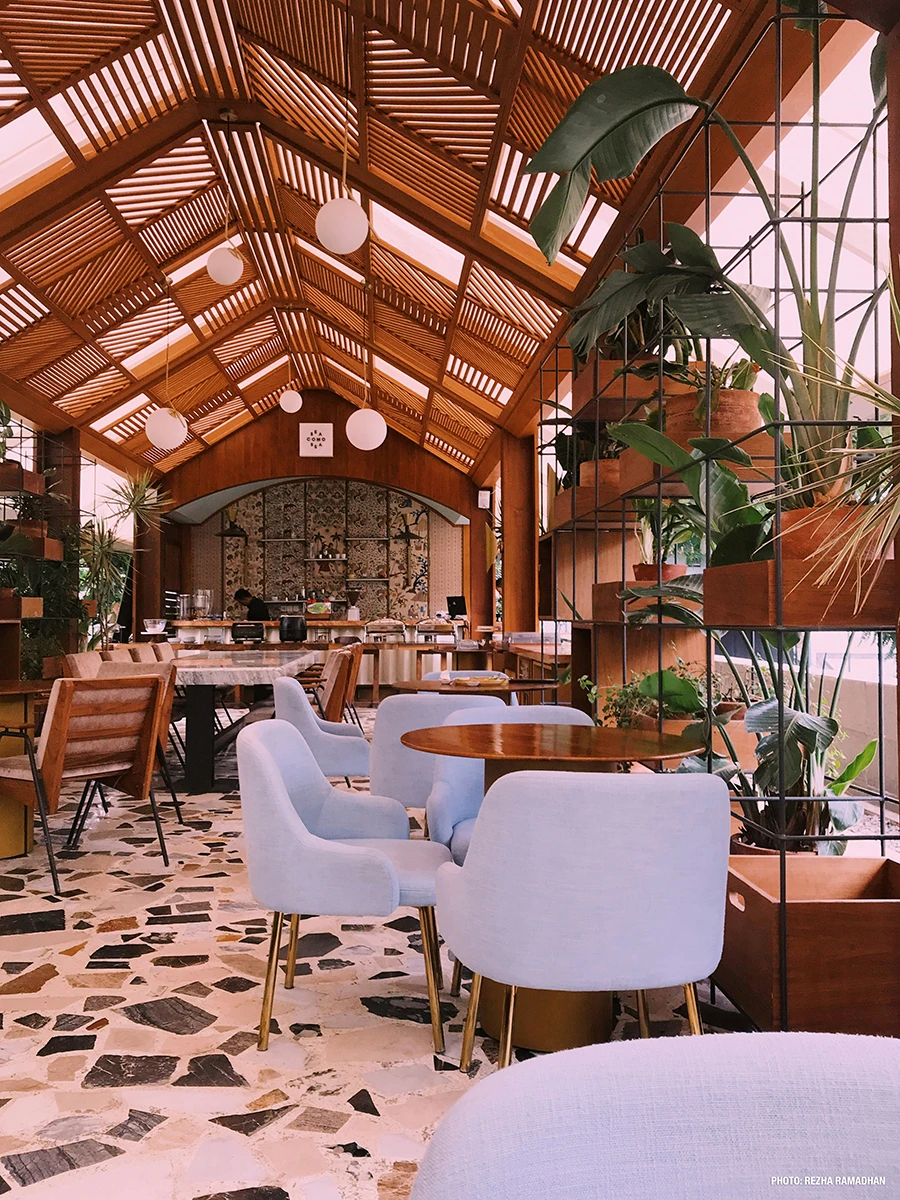
Play with Light Fixtures
Lighting plays a pivotal role in setting the mood and atmosphere of a restaurant. By playing with light fixtures, you can create focal points and ambiances that enhance the dining experience.
Consider mixing and matching different styles of lighting—industrial pendant lights over the bar area, elegant chandeliers in the dining room, and soft, ambient wall sconces to create a warm glow. The right lighting can evoke emotions and give the room a new feel.
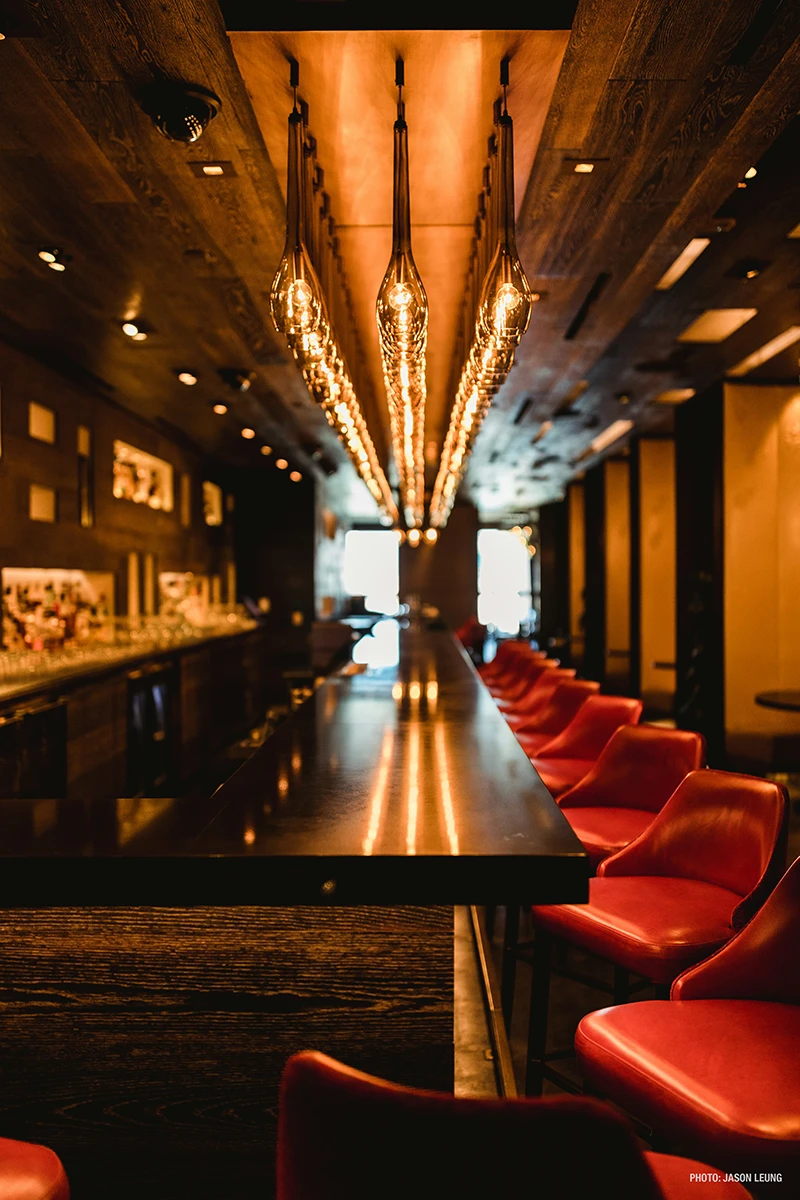
Design an Accent Wall
An accent wall serves as a visual centerpiece, adding personality and depth to a restaurant’s interior. This could be achieved through a variety of materials and techniques—vibrant paint colors, striking wallpaper designs, reclaimed wood panels, or even a living plant wall. An accent wall is not just a decorative element; it should reflect the restaurant’s theme, cuisine, or philosophy, inviting guests to engage with the space on a deeper level.
Importance of Greenery and Plants
Incorporating greenery and plants into restaurant interiors can breathe life into the space, creating a fresh and inviting atmosphere. Beyond their beauty, plants are known to improve air quality, reduce stress, and enhance overall well-being. From lush potted plants and hanging baskets to herb gardens and green walls, there are countless ways to integrate nature into restaurant design. This connection to nature can make diners feel more relaxed and comfortable, enriching their dining experience.
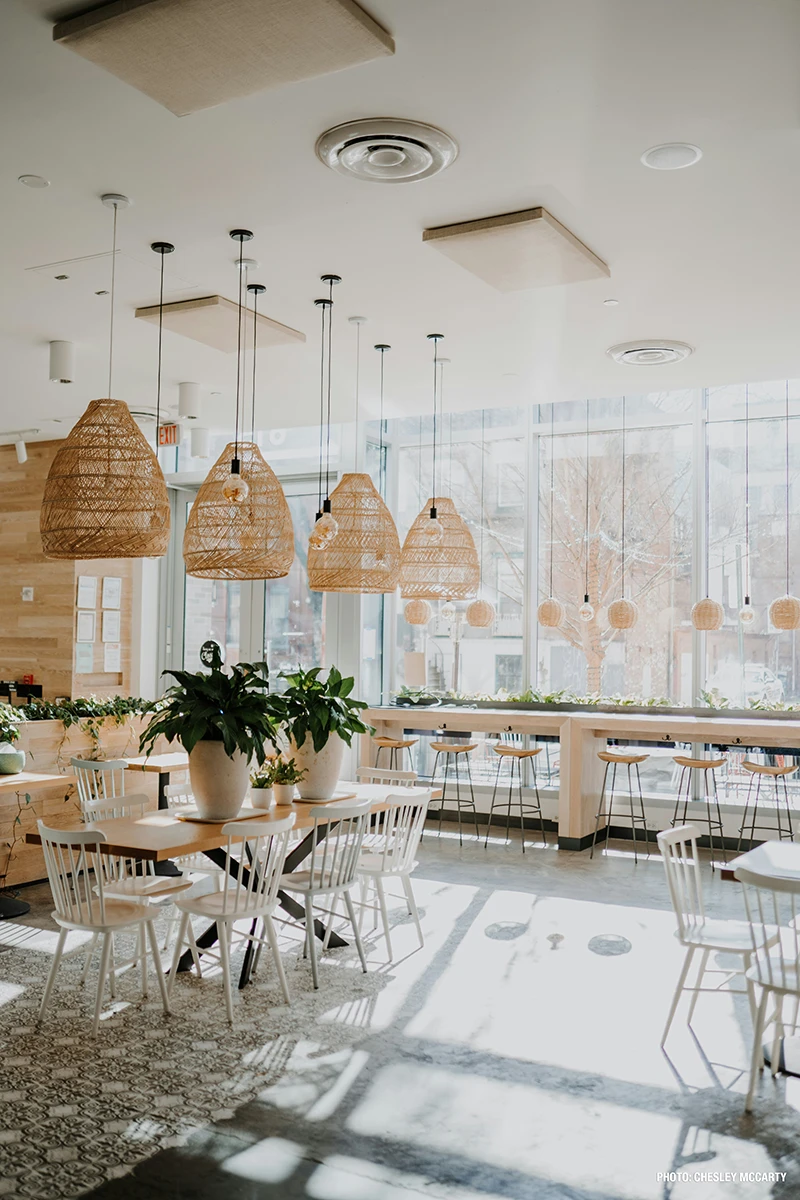
Retro and Vintage Accents
Incorporating retro or vintage accents can give your restaurant a unique character and nostalgic charm. These elements can help create a cozy and inviting atmosphere. Here are some items to consider:
- Classic diner booths
- Antique light fixtures
- Vintage wall art and decor
- Retro tableware and accessories
Modern Restaurant Design Ideas
Modern restaurant interior design is not just about aesthetics; it’s about creating an environment that enhances the dining experience, encourages social interaction, and reflects the brand. Here are some ideas for creating a modern restaurant design.
Open up the Visual Space
One of the key principles in modern restaurant design is the concept of open visual space. By emphasizing spaciousness and flow you can make the dining area appear larger and more welcoming. Elements like high ceilings and minimal structural obstructions create a sense of openness. Glass walls or large windows can connect the indoor space with the outdoors, creating more expansiveness. An open kitchen design fosters a sense of transparency and trust between the restaurant and its patrons.
Plus, open designs allow diners to converse with each other, making for a better dining experience.

Adopt an Open Kitchen Layout
An open kitchen design fosters a sense of transparency and trust between the restaurant and its patrons. Customers can see the preparation of their meals, reassuring them that high-quality and fresh ingredients are being used. This visibility can lead to a more engaging and interactive dining experience, as guests feel connected to the cooking process.
Go with Minimalist Vibes
The minimalist approach to restaurant design focuses on simplicity and functionality. This means selecting furniture and decor that is sleek and understated, using a neutral color palette, and decluttering the space to achieve a clean and uncluttered look. Minimalism creates a serene and sophisticated atmosphere, allowing the food and the dining experience to take center stage.
Rely on Natural Lighting
Incorporating natural lighting is another element of modern restaurant design worth considering. Maximizing natural light through strategic architectural choices, such as installing skylights or using reflective surfaces to disperse light throughout the space. Natural lighting improves the ambiance by making the space feel airy and vibrant, making people feel lighter and happier. Best of all, natural light can lead to energy savings, making it more sustainable.
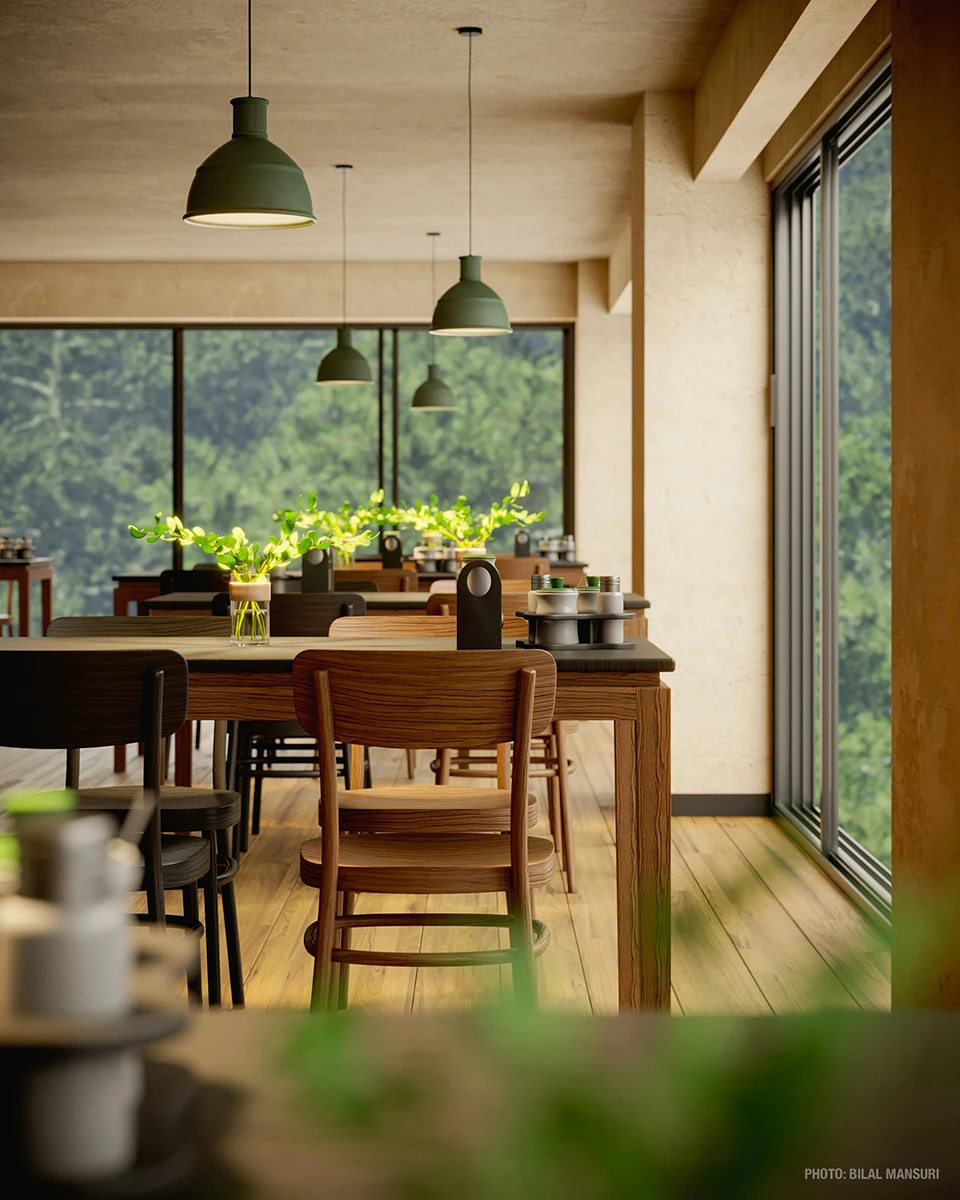
Include Interactive and Digital Elements
Incorporating technology, such as digital menus or interactive ordering systems, can modernize your restaurant and improve customer engagement. Additionally, digital art installations can add a dynamic visual element. Social media is a great, free way to draw
attention to your restaurant. Consider creating “Instagrammable” spots within the restaurant, equipped with optimal lighting and backdrops for photos. Or, get screens displaying live social media feeds where customers can see their posts tagged with the restaurant’s location or hashtag.
Smart Lighting Systems
Smart lighting systems, which can be controlled via smartphones or tablets, provide an easy way to adjust lighting settings and create pre-set themes that can be changed with the tap of a button. This technology lets you switch between pre-defined lighting scenes to match special events, theme nights, or simply to reflect the time of day, ensuring the ambiance is always perfectly matched to the occasion without manual adjustments.
Inexpensive Low-Budget Restaurant Design Ideas
Incorporating low-budget design ideas into your restaurant can lead to a distinctive and appealing dining space. By creatively using chalk, collaborating with local artists, and making the most of outdoor spaces, you can achieve an engaging environment without substantial cost. These strategies not only save money but also foster a sense of community and sustainability, contributing to a positive reputation and customer loyalty.
Decorate with Chalk
One of the most versatile and inexpensive tools at a restaurateur’s disposal is chalk. Using chalkboard paint on walls or menus brings a dynamic and rustic charm to your establishment. This approach not only cuts down on printing costs for menus but also allows for easy updates and personal messages! The use of chalk extends beyond menus; it can be used for wall art or to highlight specials and promotions, adding a personalized touch that customers appreciate.
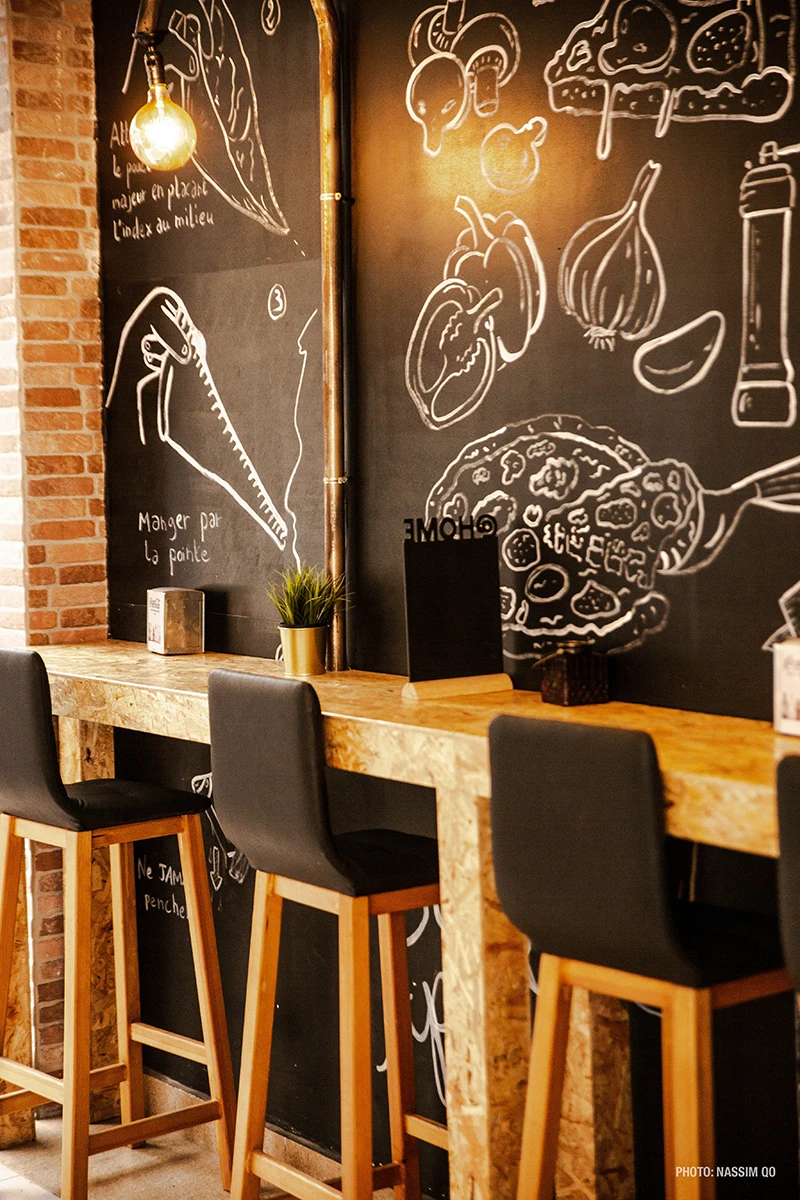
Collaborate with Local Artists
Partnering with local artists is a fantastic way to infuse your restaurant with unique art without the hefty price tag often associated with gallery pieces. This collaboration can take various forms, from mural painting to displaying local artwork on consignment. Partnerships benefit both parties; artists get a platform to showcase their work, while restaurateurs enhance their space’s aesthetics and support the local arts community. This approach not only decorates your restaurant on a budget but builds relationships within the community, potentially attracting a clientele eager to support local endeavors.
Use your Patio and Outdoors
Expanding your dining space to include outdoor areas like patios or gardens offers a cost-effective way to increase seating capacity and appeal to customers looking for al fresco dining options. Use the natural beauty of your surroundings to enhance the dining experience without extensive interior design investments. Simple additions like string lights, potted plants, or rustic furniture can transform these outdoor spaces into cozy, inviting areas that attract diners.
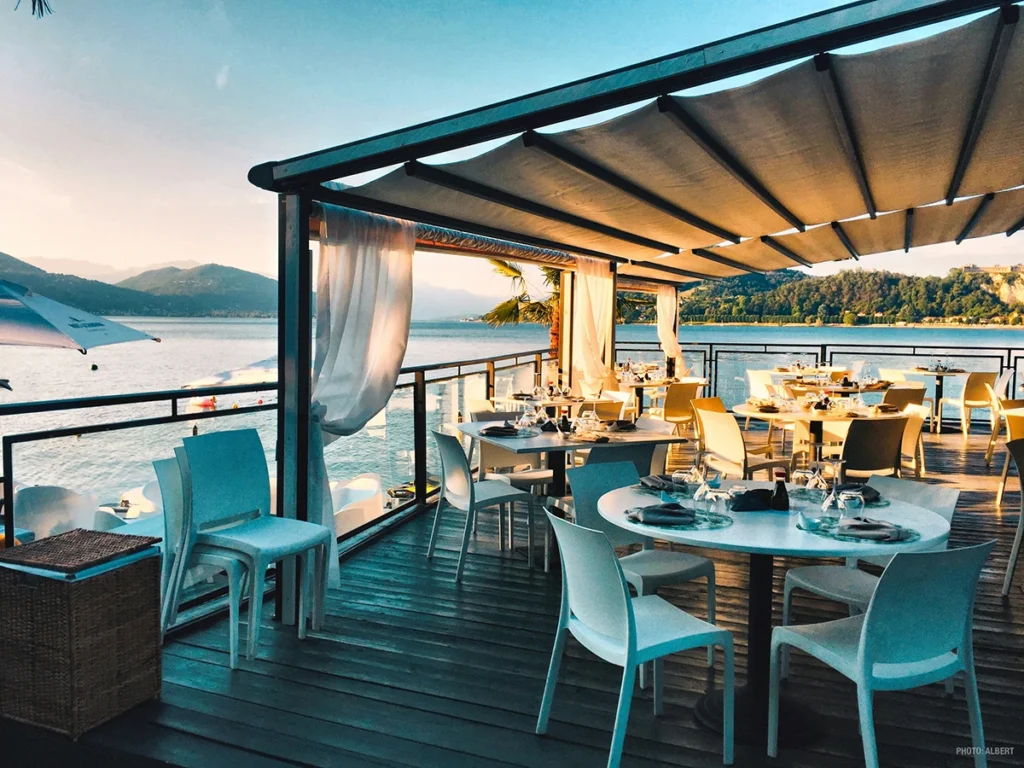
Consider Energy Efficiency in Design
When implementing dynamic lighting solutions, it’s essential to consider energy efficiency. LED lights, for instance, offer a wide range of color temperatures and brightness levels while consuming less energy than traditional bulbs. Modern appliances can pay for themselves in energy savings. This reduces operational costs and shows you care about environmentally responsible business practices.
Use Cultural and Ethnic Themes
Incorporating cultural and ethnic themes into restaurant decor is not only a cost-effective design strategy but also a powerful way to create a unique dining experience for guests. Consider how the theme plays out across the decor, artwork, tableware, and ambiance. Relying on family heirlooms allows restaurant owners to celebrate diversity and authenticity, making their establishment stand out.
Small Restaurant Decoration Ideas
Decorating a small restaurant requires creativity and attention to detail, but with the right strategies, it’s possible to create a beautiful, functional space that delights guests. Emphasizing smart decoration strategies can maximize space, enhance the ambiance, and reflect the restaurant’s personality, all while ensuring guests feel comfortable and engaged.
Use Mirrors
Incorporating mirrors into the interior design of a small restaurant is a classic trick to visually expand the space. Strategically placed mirrors can reflect light and scenery, making the dining area appear larger and more open than it actually is. They add depth and brightness to the room, contributing to a more airy and vibrant ambiance. Whether it’s a large statement mirror or a series of smaller ones, this decorative element can significantly alter the perception of space and add a touch of elegance to the restaurant’s decor.
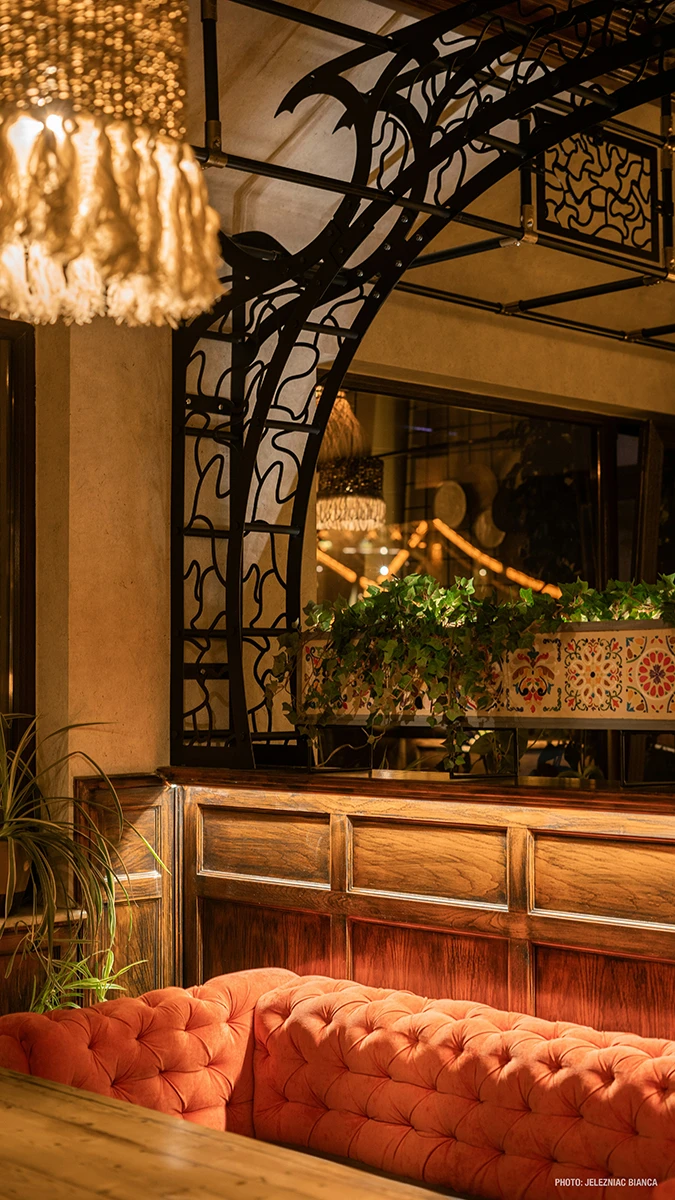
Stay Loyal to a Theme Design
Adhering to a cohesive theme design is crucial in small restaurant spaces, as it creates a unified and immersive environment for guests. A well-executed theme can tell a story or convey a mood, enhancing the dining experience and making it more memorable. Whether it’s a specific cuisine, era, or concept, every aspect of the decor—from furniture and color schemes to wall art and table settings—should reflect and reinforce the chosen theme. This focused approach helps avoid clutter and ensures that the space feels curated and intentional, rather than cramped or chaotic.
Keep your Tables Visually Clean
In a small restaurant, maintaining visually clean tables creates a sense of spaciousness and order. Overcrowding tables with too many items, such as large centerpieces, excessive tableware, or bulky menus can make the space feel cluttered and cramped. Opting for simple, elegant table settings and minimizing table clutter allows for easier movement and conversation. This practice also emphasizes the food itself, ensuring that dishes are the focal point of the table.
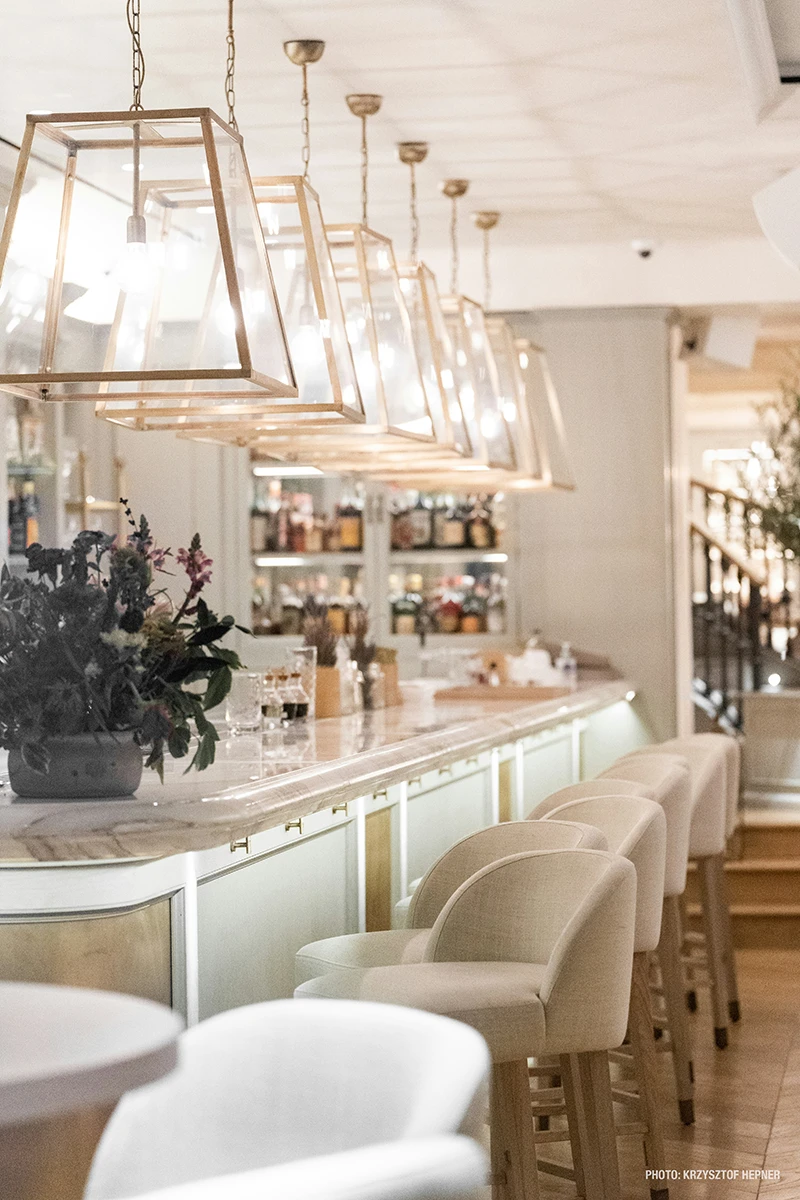
Remodel Your Restaurant with Duet Design
We are a luxury interior design firm that prides itself on its unique approach to design, one that does not adhere to a singular look or style but instead focuses on bringing your vision to life.
We create spaces that reflect the essence of who you are and what you love. That translates into dining experiences that are visually stunning and resonate with the restaurant’s identity and aspirations. Whether it’s a cozy bistro or an upscale dining establishment, we blend functionality with beauty to ensure that every project has purpose, elegance, and innovation.
We’ll make sure your vision is realized, and your space is transformed into an environment where guests feel genuinely connected and engaged.

















